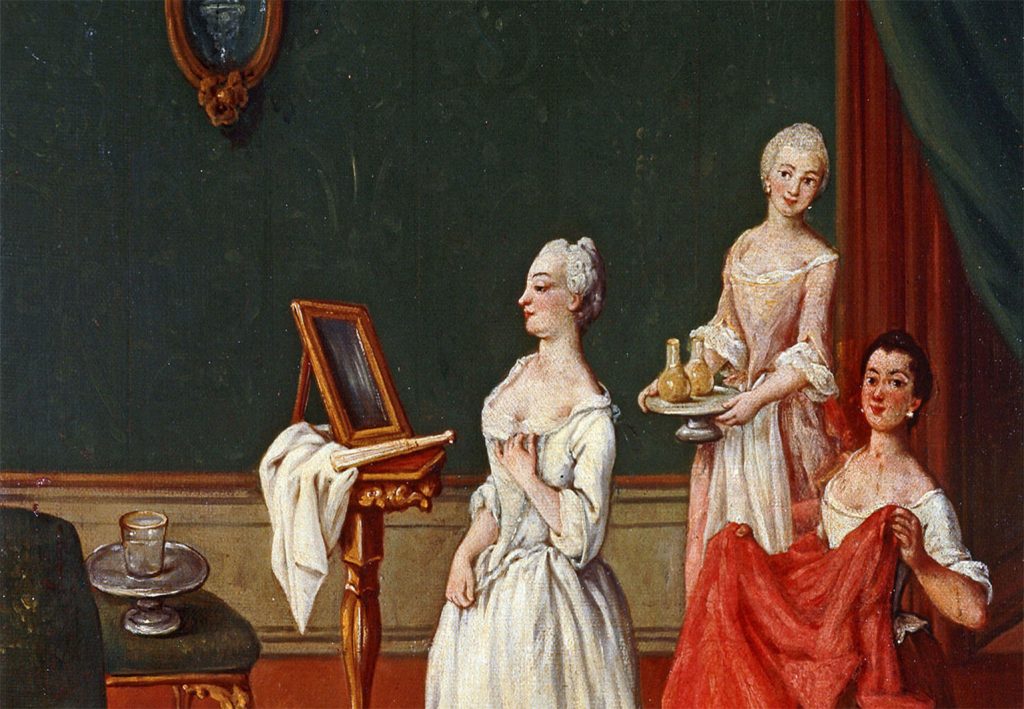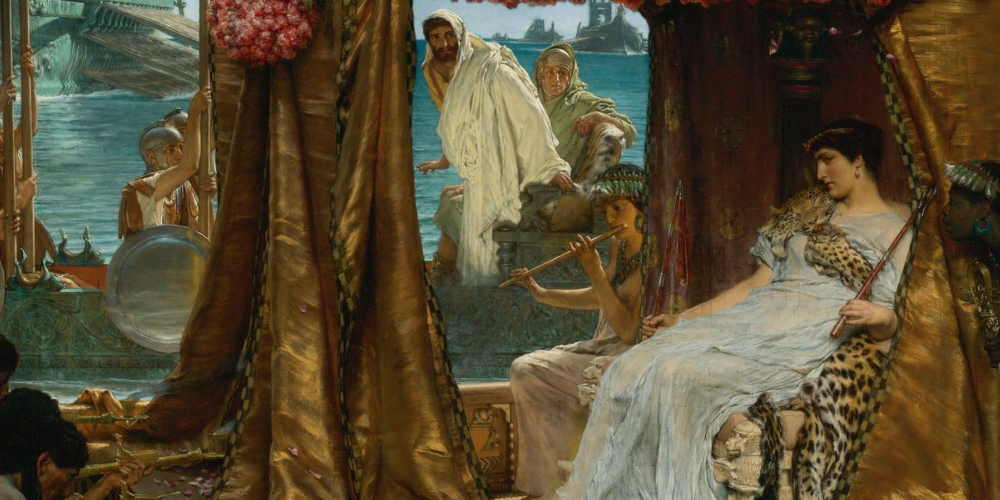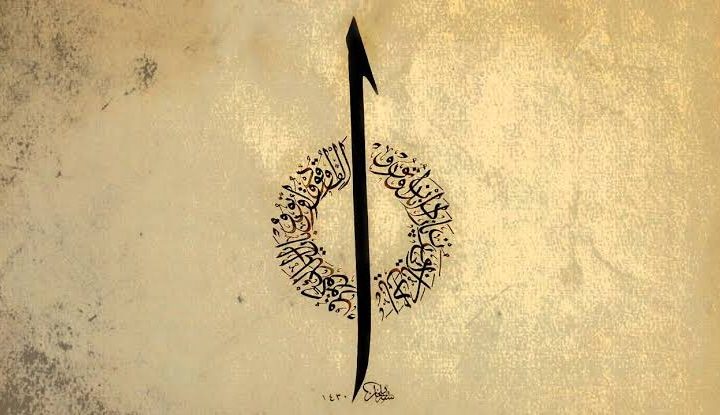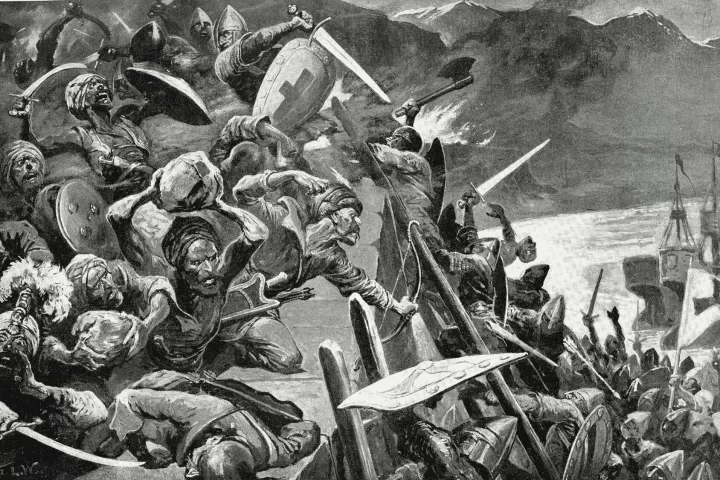Perfume Use
Ancient Egypt has taken its place in history as the first place where perfume was made. Ancient examples are scented ointments unearthed in archaeological excavations in Egypt, whose formulas have not been elucidated even by sophisticated methods.
The Egyptians, for whom bathing was an important part of their daily lives, would rub their bodies with scented oils after bathing. The Egyptians’ knowledge of perfume making and its use spread to the Hebrews, Assyrians, Babylonians, Chaldeans, Persians and Greeks, in short, to the world. Four thousand years ago, Nineveh and Babylon were the centers of the fragrance trade.
In 2300 BC, the Chinese used the secretion of male musk deer mixed with jasmine and lotus to make perfume. In India, fragrances were prepared from flowers such as jasmine, rose, narcissus and tuberose, although sandalwood, considered sacred, was the main component of all perfumes.
The Greeks, who left fragrance to the use of the gods, later went to such extremes that Solon had to ban the use of fragrance; but no one took the ban seriously. The Greeks, whose interest in writing was not inferior to their interest in fragrance, also wrote the first perfume book in history. In the 2nd century BC, Apollonius wrote a scientific work on perfume.
Deodorant Use
Starting in 1888, deodorants aimed to block the sweat ducts in the armpits. However, since the sweat glands in the armpits and breasts are of two different types, deodorants cannot stand the test of time. Deodorants advertised until the 1920s, claiming to prevent sweating and cleanliness. They also chose not to mention the need for dryness. It was not until the 1930s that men were seen as customers.

Hair Style
In China, men shaved their hair and left a long tail behind as a symbol of loyalty to the emperor. Buddhist monks, Kalenderis in Anatolia, janissaries and Alevi grandfathers also had the same hairstyle. Samson, the hero of the Old Testament, who derived his strength from the hair he never cut, is an example of hair symbolism in the Hebrew tradition. We can see this symbolism in the hairstyles of fanatical Jews and in the “dreadlocks” of Rastafarians who adhere to the Torah tradition and never cut their hair.
It was told that the European style haircut started during the reign of Mahmud II, and that the sultan liked Halil Pasha’s children’s hair cut with bangs. According to Miss Pardoe, the sultan, who had a shave at the palace barber, asked his son-in-law Halil Pasha how he liked his shave. Pasha said that he did not like the sultan’s haircut and showed him his own hair. After this, the pasha’s barber was immediately brought to the palace and made Mahmud II’s barber.
Tattoo Making
The oldest tattoo was found on a 5,300-year-old “ice man” discovered on the Similaun glacier in Italy in 1991. The tattoos of the nomadic chief in the Pazyryk kurgan from 400 BC are excellent examples of their kind. Ancient and widespread from Egypt to Central America, tattooing was adopted by different social classes and strata. For example, Herodotus writes that tattoos were a sign of nobility among the Thracians, as they were among the Mayans in America.
In the 19th century, convicts in the USA, army deserters in England and Siberian prisoners in Tsarist Russia were marked with tattoos. Tattooing of criminals was stopped in France in 1832 and in England in 1834. The Nazis also tattooed concentration camp inmates.
Using a Mirror
The obsidian mirrors found in Çatalhöyük date back to 6000 BC. Metal mirrors dating back 2900 years were found in ancient Egypt, 2800 years in Indus and 1500 years in China. Although the Phoenicians invented the glass mirror, it did not enter Europe until the 13th century and did not become widespread until modern times.
The mirror was called “közgü” by the Uighurs; in Anatolian dialects it is called bakanak, bakar, bakbakı, düzenge, düzünge, düzüngü, gözgeç, gözgör, gözürge, gözüngü, gözünke, kılıklık, yüzgörgü, yüzgörgüsü, yüzgör, yüzgü, yüzgü.
In the 18th century, full-length mirrors were still of giftable importance among kings. The kings of Austria in 1762 and Poland in 1777 presented mirrors to the sultans; this list also includes Napoleon.





